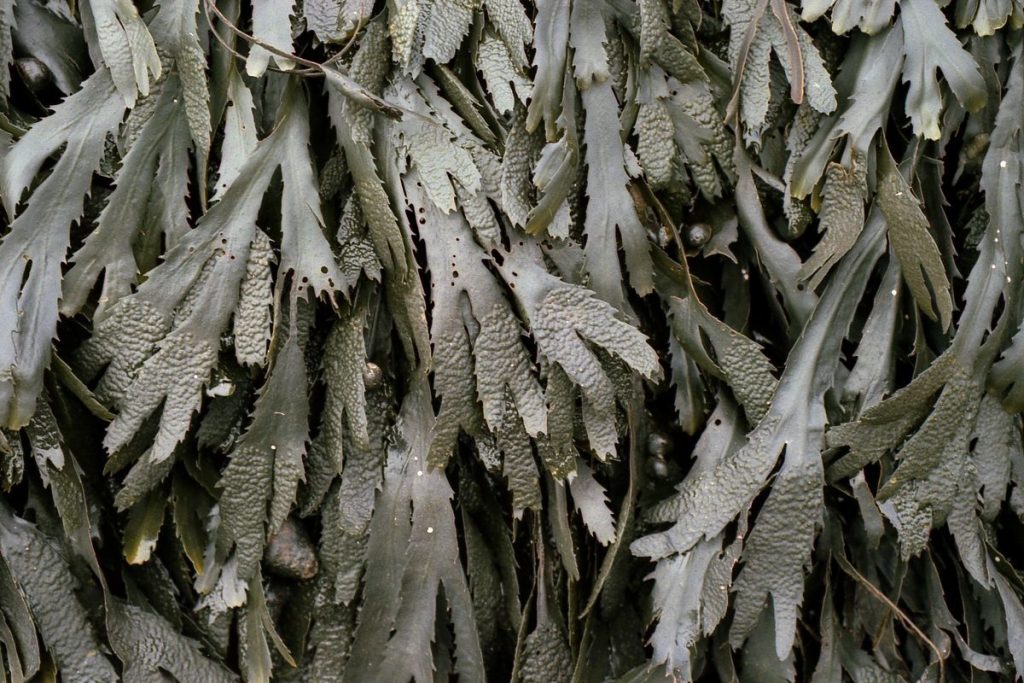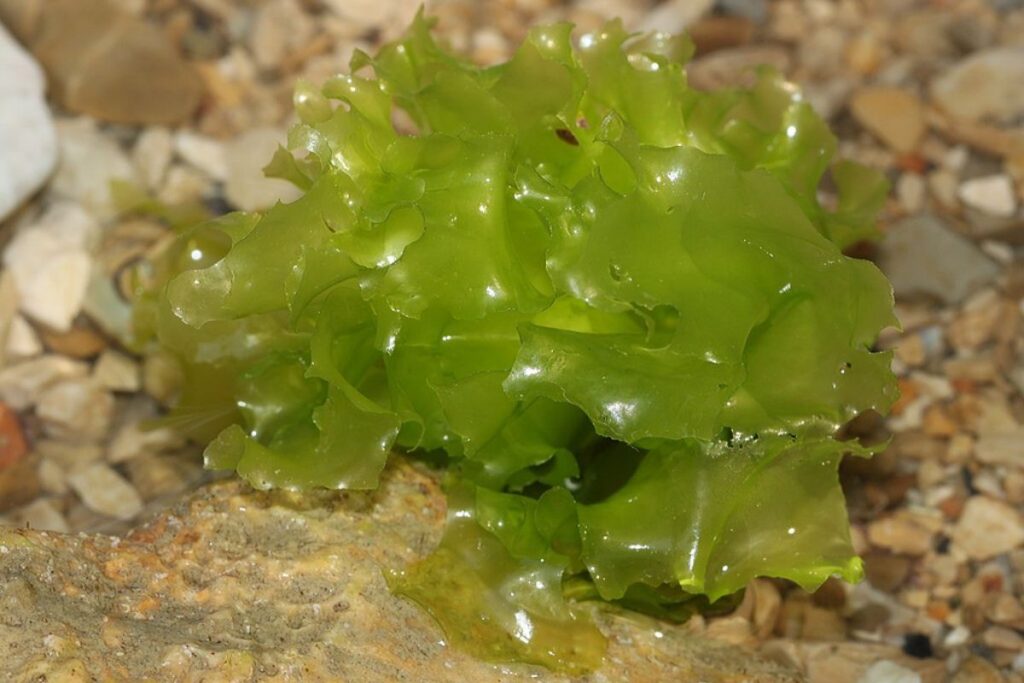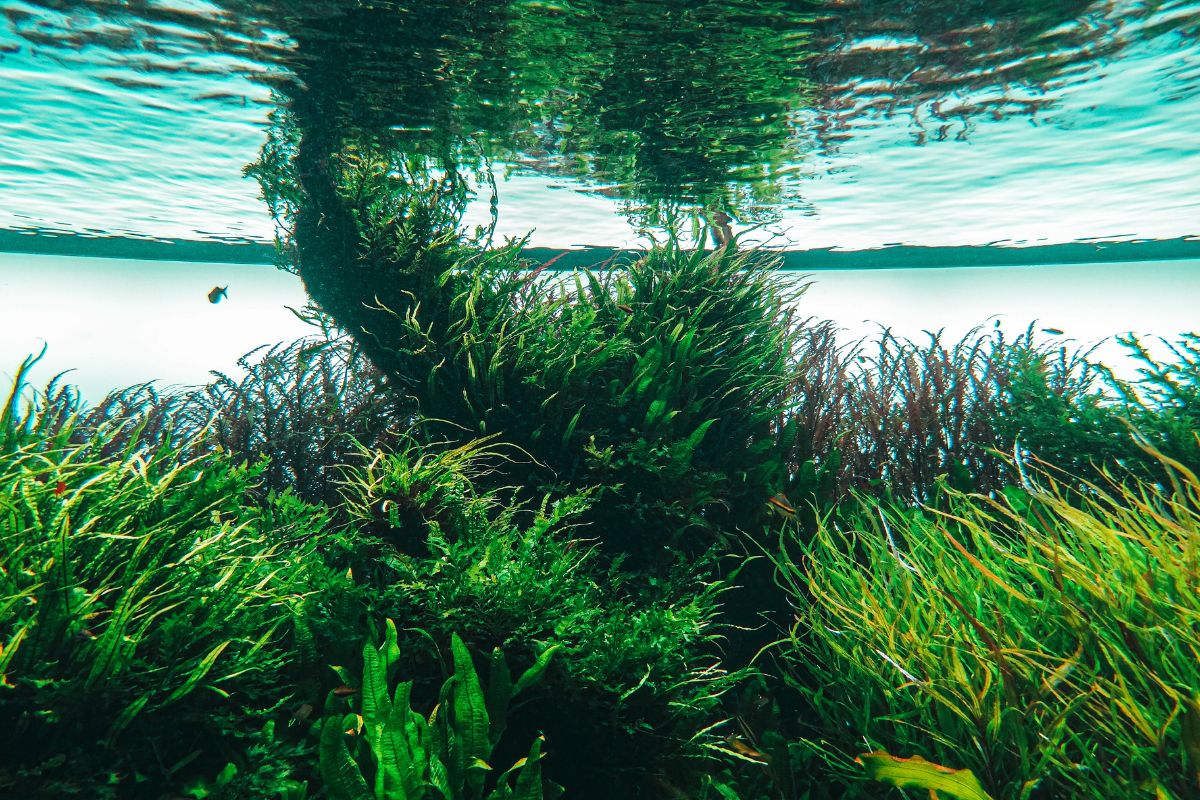The ability of algae to store minerals could help secure supply chains for critical resources. The remaining biomass could then be processed into fuels or construction materials.
Whether for renewable energy, digital technologies, or defense, demand for critical raw materials is growing rapidly. However, supply chains for lithium, rare earths, and other key minerals are highly concentrated, and geopolitical tensions are making access to these resources increasingly difficult. Interest in new and sometimes unconventional sources is therefore strong. Researchers in the United States are now investigating whether algae could one day play a role in resource extraction.
Marine Organisms as Natural Mineral Vaults
Algae are considered excellent accumulators of minerals, although it remains unclear how and why they enrich themselves in this way, explains Scott Edmundson, a botanist at the Pacific Northwest National Laboratory (PNNL) of the U.S. Department of Energy. Minerals enter the oceans through erosion when wind, rain, and rivers wear down rocks, or when nutrients are washed from fertilized soils. Submarine volcanoes and hydrothermal vents also release minerals from the Earth’s crust into the seafloor environment. According to Edmundson, algae often contain concentrations of these elements far higher than the surrounding seawater. Together with a PNNL research team, he is exploring how these insights could be harnessed to improve raw material supply.
Caustic Solutions and Heat Help in the Extraction of Critical Minerals
The team began by cultivating different algae species and testing their ability to store various minerals. The results showed that a leathery brown alga, known as Fucus, is particularly effective at accumulating nickel in its tissues. In contrast, a green, leafy alga, known as ulva, better known as sea lettuce, showed a preference for rare earth elements.

Fucus serratus (toothed wrack), intertidal zone, Helgoland.
Photo: Gabriele Kothe-Heinrich, CC BY-SA 3.0, via Wikimedia Commons

Ulva lactuca (sea lettuce), Istria, Poreč, Lanterna, Croatia.
Photo: Holger Krisp, CC BY 3.0, via Wikimedia Commons
Building on these findings, the researchers developed extraction methods. The most promising involved grinding the algae into a paste and mixing it with a lixiviant, a caustic solution commonly used in mining to dissolve minerals and metals from rock. The mixture was then subjected to high temperatures to break down the chemical bonds further.
Through further experiments with different lixiviants and temperature conditions, the scientists aim to recover at least 50 percent of the mineral content from the algae biomass. In the long run, the cost-benefit ratio of the process must be optimized for economic viability. One potential lever would be to use waste acids from other industrial processes as lixiviants.
Could Algae Replace New Mines?
The researchers also highlight advantages that already make algae an attractive raw material source today: they grow quickly, require no freshwater, and the leftover biomass can be further processed into biofuels, building materials, or adhesives after mineral extraction. In addition, the sheer diversity of algae species opens the door to cultivating strains that are particularly efficient at accumulating certain minerals, Edmundson notes. This flexibility could make the technology adaptable to shifting bottlenecks in global supply chains.
Beyond algae: other unconventional methods to extract critical minerals: Algae are not the only unconventional pathway being explored. Plants, bacteria, proteins, or electronic waste such as old fluorescent lamps could also contribute to supplying critical materials outside of traditional mining.
Cover image: Lucas B Bracht via Canva

